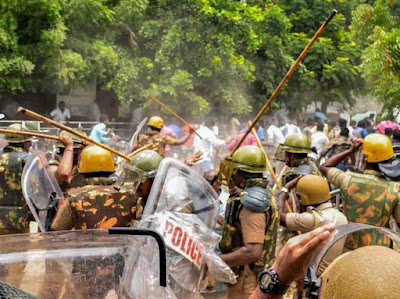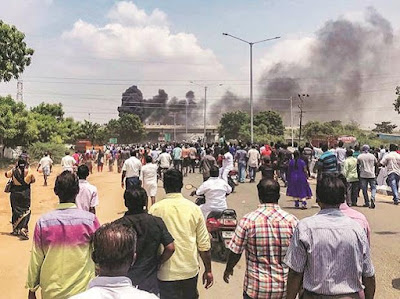The NCLAT asked the Anil Ambani-controlled firm to pay Ericsson Rs 5.5 billion by the end of September
The National Company Law Appellate Tribunal (NCLAT) stayed the May 15 order of the National Company Law Tribunal (NCLT) in Mumbai, which had admitted Reliance Communications (RCom) and two of its subsidiaries for insolvency proceedings.
The NCLAT asked the Anil Ambani-controlled firm to pay Ericsson Rs 5.5 billion by the end of September.
With the stay on bankruptcy proceedings, RCom can now continue with its asset monetisation scheme involving the sale of towers, optic fibre cable network, spectrum and media convergence nodes to brother Mukesh Ambani-controlled Reliance JioInfocomm (Jio) for Rs 170 billion.
On Tuesday, NCLAT chairman Justice S J Mukhopadhaya asked the parties to settle the matter stating that the fate of operational creditors under the corporate resolution process was not ideal, especially if Ericsson wished to recover the majority of its dues.
NCLAT also asked RCom and Ericsson to file an affidavit by June 7 stating that the two companies will abide by the settlement.
Ericsson India, a subsidiary of the Swedish telecom equipment maker and service provider, had filed a case at NCLT, Mumbai last September seeking the liquidation of Reliance Communications (RCom), and its subsidiaries Reliance Infratel and Reliance Telecom, in order to recover Rs 11.5 billion.
The three companies were subsequently admitted under the Insolvency and Bankruptcy Code (IBC), and NCLT appointed a resolution professional (RP) to take over the management of each company. Ericsson had argued that it had entered into a seven-year agreement in 2014 with RCom and its subsidiaries for maintaining, upgrading and developing the latter's telecommunications infrastructure, which was not honoured.
RCom and its subsidiaries owed Ericsson around Rs 9.78 billion for their services which, Ericsson's counsel told the NCLT, had increased to around Rs 16 billion given that there were delays in the payment, despite several notices being issued to the Anil Ambani controlled companies.
RCom filed its appeal with the NCLAT, and was awarded with a stay on the order admitting the three firms under the IBC.
RCom and its subsidiaries now have the permission to go ahead with the debt restructuring plan that was prepared in December 2017. There were fears of the three Reliance group companies undergoing insolvency proceedings, which would have meant that the asset monetisation scheme under the plan would not be allowed.













